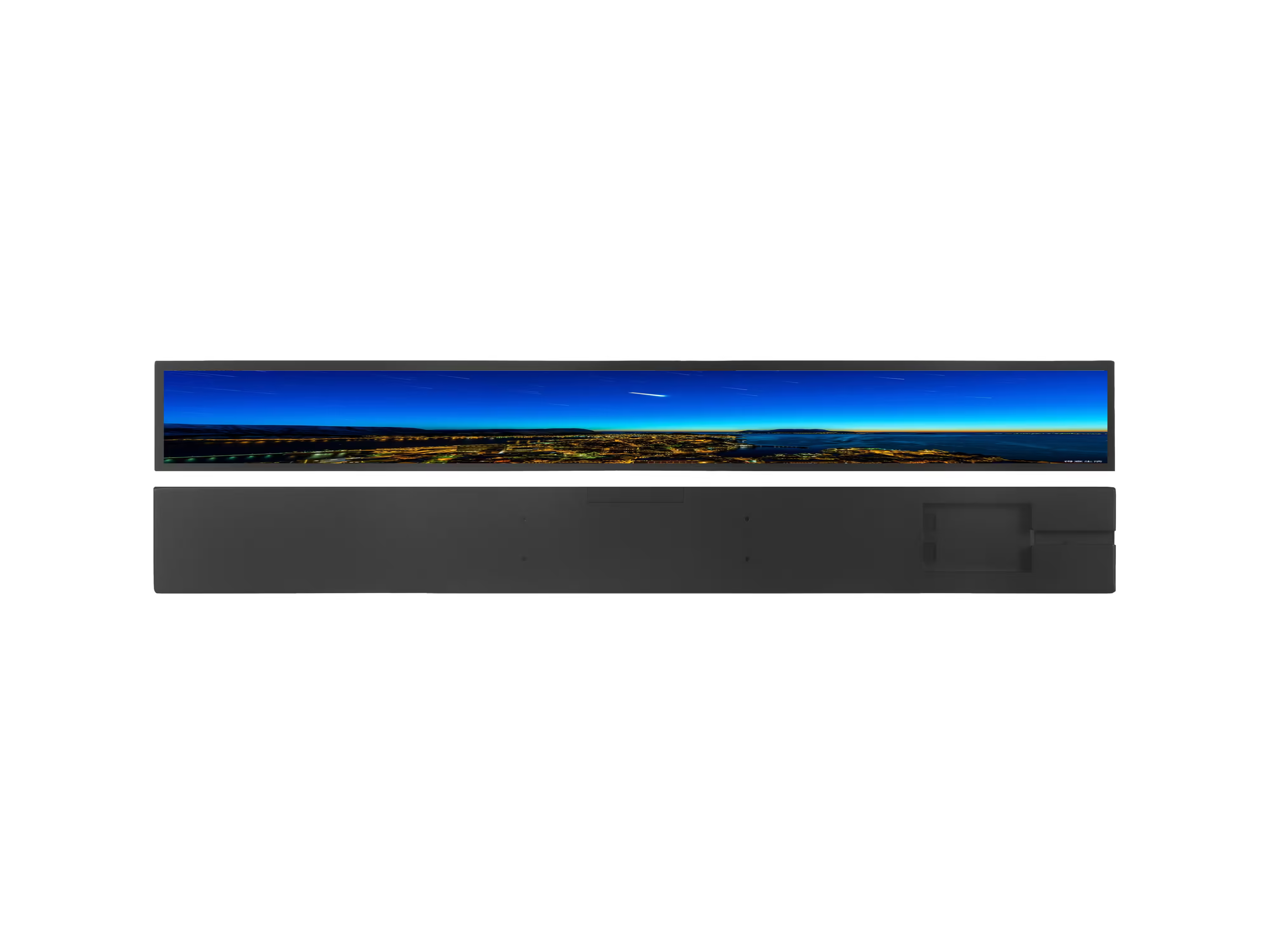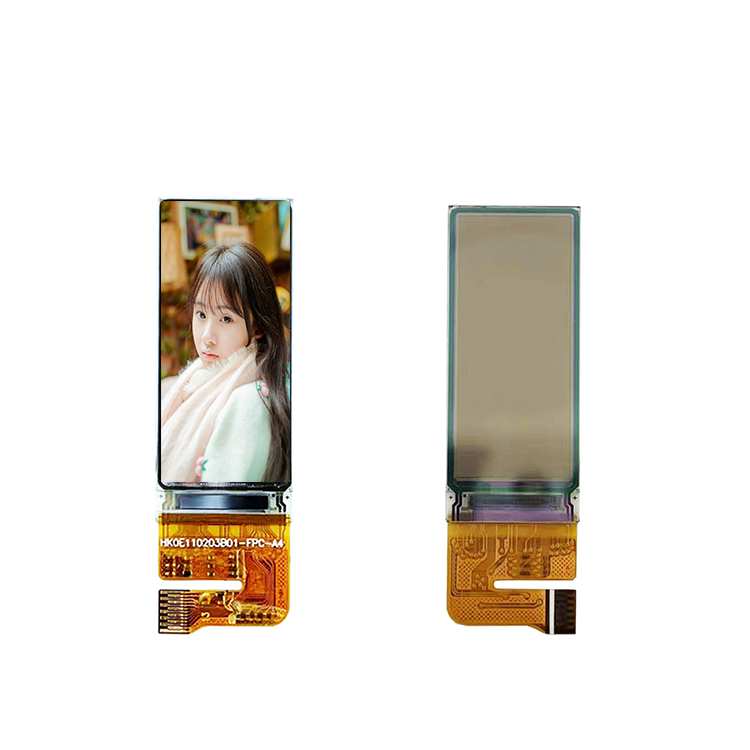In the world of embedded systems and microcontroller programming, the Inter-Integrated Circuit (I2C) interface has become a popular choice for connecting various peripherals to platforms like Arduino. One such peripheral that significantly enhances the user interface of DIY projects is the LCD display. Among the numerous I2C LCD modules available, the Chancedisplay brand stands out for its reliability and compatibility. This article aims to provide a detailed guide on how to effectively integrate an I2C LCD module from Chancedisplay with your Arduino setup, covering essential concepts, wiring, and code examples.
**What is an I2C LCD Module?**
An I2C LCD module is a type of liquid crystal display designed to work seamlessly with devices that support the I2C protocol. The I2C, or Serial Wired Interface, allows for bidirectional communication between master and slave devices using just two wires – SDA (Serial Data) and SCL (Serial Clock). This makes it ideal for integrating with microcontrollers like Arduino, as it minimizes the required hardware connections.
**Chancedisplay: A Reliable Choice**
Chancedisplay is a well-regarded brand in the world of I2C LCD modules, offering a wide range of products that cater to different display sizes, resolutions, and capabilities. Their modules are known for their high-quality construction, easy-to-use libraries, and extensive documentation. When choosing an I2C LCD module for your Arduino project, Chancedisplay’s offerings can save you time and effort in setup and debugging.
**Essential Components and Connections**
To connect an I2C LCD module from Chancedisplay to your Arduino, you’ll need the following components:
1. **LCD Module:** Choose a Chancedisplay module compatible with your project requirements (e.g., 16×2, 20×4, or larger displays).
2. **Arduino Board:** Any Arduino board, such as Uno, Nano, or Mega.
3. **Level Shifter (Optional):** If your Arduino operates at a different voltage than the LCD, a level shifter like the 74HC4050 may be necessary.
4. **SCL and SDA Wires:** To interface with the I2C bus.
5. **Power Supply and Ground:** For powering the LCD and connecting it to your Arduino’s power rails.
Here’s a step-by-step guide to wiring the components:
1. Connect the VCC pin of the LCD module to the 5V pin of your Arduino or a voltage regulator, if needed.
2. Connect the GND pin of the LCD to the GND pin of your Arduino.
3. If your Arduino uses 3.3V, you might need a level shifter. Connect SDA and SCL from the Arduino to the appropriate pins on the level shifter, then to the corresponding pins on the LCD module (usually marked SDA and SCL).
4. If your Arduino does not have a built-in I2C library, connect the SDA and SCL pins directly from the Arduino to the LCD module (e.g., A2-A4 for 16×2 displays).

**Setting Up the Software Environment**
Before diving into programming, make sure you have the latest Arduino IDE installed on your computer. You’ll also need to install the Chancedisplay library, which simplifies communication with the LCD module. Follow these steps:
1. Open the Arduino IDE and create a new sketch.
2. In the Library Manager, search for “Chancedisplay” or “Chancedisplay LCD” and install the appropriate library. Make sure to select the version compatible with your LCD module’s specifications.
3. Once the library is installed, include the header file in your sketch by adding `#include
**Writing Code with Chancedisplay Library**
Now that your hardware and software are set up, you can start writing code to control your LCD module. Here’s a simple example to display text on a 16×2 Chancedisplay:
“`cpp
#include
Chancedisplay lcd(0x27); // Assuming your LCD address is 0x27
void setup() {
lcd.begin(16, 2); // Initialize the LCD with 16 columns and 2 rows
lcd.setCursor(0, 0); // Set cursor position to the top-left corner
lcd.print(“Hello, World!”); // Display a message
}
void loop() {
// No need for a loop in this case, as the message is static

}
“`
For more advanced features like scrolling text, custom graphics, or using multiple lines, refer to the CHANCEDISPLAY library documentation and examples provided by the manufacturer.
**Troubleshooting and Common Issues**
If you encounter issues while working with the I2C LCD module, here are some common problems and solutions:
1. **Communication Errors:** Check your wiring, especially the SDA and SCL connections. Ensure that the level shifter is functioning correctly if needed.
2. **LCD Not Responding:** Verify the LCD module address in your code matches the actual address specified by the module.
3. **No Display or Ghosting:** Ensure the power supply is stable and the contrast is adjusted correctly. Also, check if there are any hardware defects or damaged pins.
4. **Slow Refresh Rates:** Adjust the clock speed in your code if the display is sluggish. Experiment with different timings to find the optimal value.
In conclusion, integrating an I2C LCD module from Chancedisplay into your Arduino project is a straightforward process that can greatly enhance the user experience of your DIY creations. By understanding the basics of I2C communication, properly wiring your components, and utilizing the CHANCEDISPLAY library, you’ll be able to display information, graphics, and even animations on your LCD display in no time. Happy coding!


